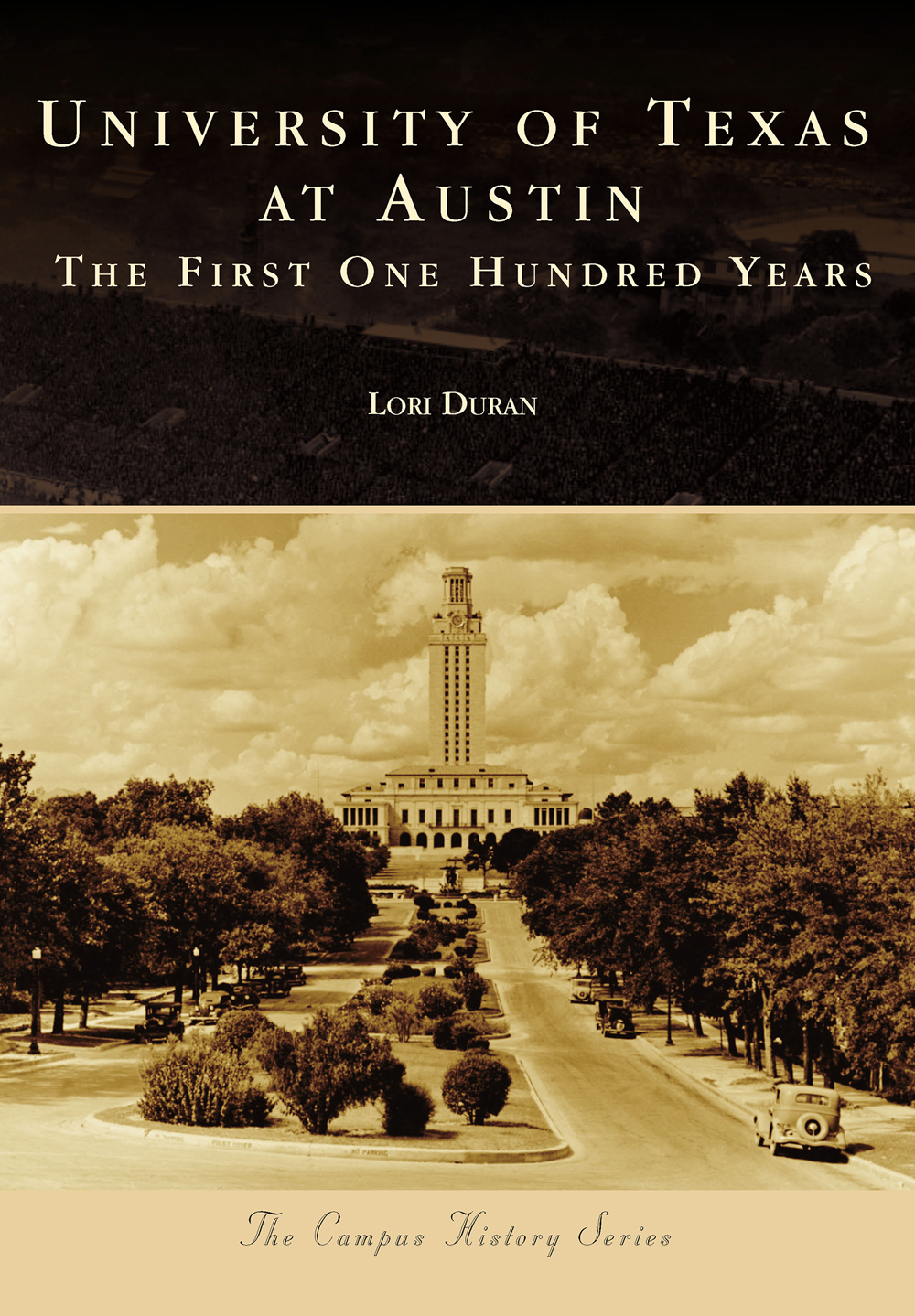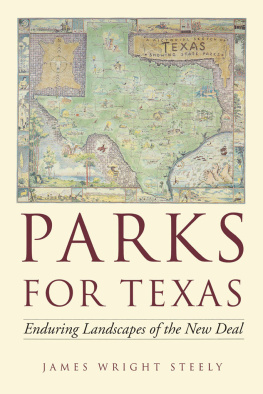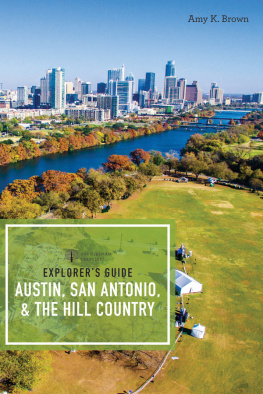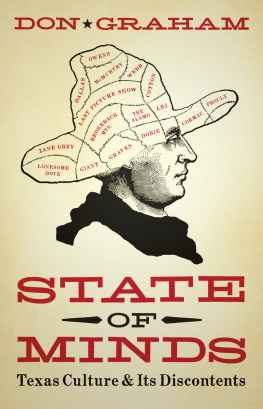
The Campus History Series
UNIVERSITY OF TEXAS AT AUSTIN
THE FIRST ONE HUNDRED YEARS
ON THE FRONT COVER: Pictured in the background is the University of Texas (UT) Main Building with its iconic tower. Main Building has housed various administration offices, a library, a reading room, and an observation deck around the top of the tower. See pages 34 and 35 for more information. (Austin History Center General Collection, 07753.)
ON THE BACK COVER: This view of Memorial Stadium is a popular representation of the University of Texas. It symbolizes the determination of the early students and faculty to have a great facility for one of their favorite spectator sports. See page 48 for more information. (Austin History Center Russell Chalberg Collection of Prints & Negatives, 09993.)
The Campus History Series
UNIVERSITY OF TEXAS AT AUSTIN
THE FIRST ONE HUNDRED YEARS
LORI DURAN

Copyright 2020 by Lori Duran
ISBN 978-1-4671-0477-7
Ebook ISBN 978-1-4396-7069-9
Published by Arcadia Publishing
Charleston, South Carolina
Library of Congress Control Number: 2020930228
For all general information, please contact Arcadia Publishing:
Telephone 843-853-2070
Fax 843-853-0044
E-mail
For customer service and orders:
Toll-Free 1-888-313-2665
Visit us on the Internet at www.arcadiapublishing.com
For my daughters, Gabrielle and Lauren.
May they always enjoy learning.
CONTENTS
ACKNOWLEDGMENTS
I offer my sincere thanks and appreciation to my family and my husband, Juan, for the help and support I received while developing this book. Michael Miller and the staff of the Austin History Center provided guidance, advice, and assistance that made my research more productive than it ever could have been without them. The Austin History Center has been the primary historical research source for this book. Unless noted otherwise, the images appear courtesy of the Austin History Center. The image citations refer to the specific collection that contains the image. Some come from the General Collection and are identified as PICA, PICB, or PICH, or begin with AF. Other important collections used include the Neal Douglass Photography Collection (citations with ND), the Dewey Mears Collection (DM), and the Russell Chalberg Collection of Prints & Negatives (C).
I owe special thanks to the Texas Historical Commission for some of the photographs used in this book. I also want to especially thank Aryn Glazier and the staff of the Dolph Briscoe Center for American History for their photographs and assistance. Thank you to Mary Brady for her family photographs and helpfulness in this endeavor. Also thanks to Rob and Debbie Oliver, Brent Renfro, Lance Avery Morgan, Gary Susswein, Robin Grace Soto, and Forrest Preece for their contributions. I am most graciously appreciative of Allison Supancic at the Austin History Center, who encouraged me on while giving me great tips.
INTRODUCTION
Arriving in Austin in 1984 to attend graduate school at the University of Texas (UT), I had no idea I would later collect photographs and write about its history, but I was already interested in its background. Austin became my new home, and the university welcomed me with a scholarship and a meet-and-greet party for all the new students at the Institute of Latin American Studies. I went on to study a perhaps unusual combination of history, political science, and business administration. As I started my new life, I was fascinated by what had come before me and my time. Coming to Austin, I knew about the universitys stellar academic reputation, especially in some fields. I also knew a little about the tower shooting incident, but not much. It has been rewarding to collect some resources that helped fill in my gaps of knowledge before 1984. Joe B. Frantzs The Forty-Acre Follies was particularly inspiring and insightful. Various other magazines and books helped me build a framework with which to understand UTs first 100 years. From this, I have organized my collection into five time periods: 18831919, 19191945, 19401960, 19601969, and 19701983.
The planning of the university started with the Republic of Texas, and the first manifestation of those plans shows up in 1883 with the opening of Old Main. For the first 40 years, the university remained mostly representative of the states rural and small-town population. That Austin tenuously held on as the capital of Texas also helped the city win the University of Texas. The unpretentious start of this now grand university, still known as the Forty Acres, was bounded by Guadalupe Street to the west and Speedway Street on the east along with Twenty-First and Twenty-Fourth Streets. It had just one building, constructed on top of College Hill, and even that was not completely ready in time for the first students. Over the next 34 years, the university added buildings, some substantial and others temporary structures. Overall, the look of the university was open spaces with few structures. But the earnest ambitions of the administration, faculty, and board of regents was to develop a first- rate university.
World War I and the discovery of oil on university-owned land prompted growth and a building boom. Even during the Great Depression, buildings were added to the university landscape, including a new Main Building, a student union (Texas Union), Hogg Memorial Auditorium, war memorials, gymnasiums, a stadium, and numerous classroom buildings and dormitories. A long-standing UT tradition, the Texas Relays, was started during these years and became Texass contribution to track fever. Near the university, some noteworthy private businesses frequented by UT students, like Dirty Martins KumBak Place and others on Guadalupe Street, also known as the Drag, were already popular.
The aftermath of World War II and that tumultuous time further altered the look of the university. UT added a number of buildings and dormitories. A few popular traditions, such as Smokey the Cannon, the hook em horns hand sign, and the Big Bertha drum, originated during the postwar years. Having a Longhorn steer at football games started earlier but became cemented as a favorite tradition at this time. Guadalupe Street entertained students, fed them, and provided textbooks and other key supplies. The university also acquired some of its most memorable structures and statues during these years. A few professors introduced dramatic changes, and a couple of students made waves. One particularly noteworthy student started the university on the path to desegregation. Other alumni made headlines while advancing in their respective careers.
The 1960s brought exciting developments and one terrifying event that seems to be forever seared into national memory. The university added some notable buildings that are still recognizable today, including the largest dormitory in the United States. Statues added to the grounds added beauty to their settings. A legendary board of regents member and a former student who became the governor of Texas both lent their influence on the Forty Acres. Some great traditions were continued, and at least a couple were started during this decade marked by cultural change. By the end of the 1960s, there was at least one love-in that attracted university students, and the era produced Texass first psychedelic club in Austin.
During the last 13 years of the schools first century (19701983), the university was starting to take on the look that it has today. Modern buildings replaced most of the older ones, and several famed icons of UT opened during this time. Students were involved in not only traditional activities but also new ones like antiwar protests. Esteemed scholars, orators, athletes, and their coaches contributed to university pride and garnered nationwide attention. Finally, a few campus area enterprises that are forever part of UT history left their mark on the campus area.
Next page








